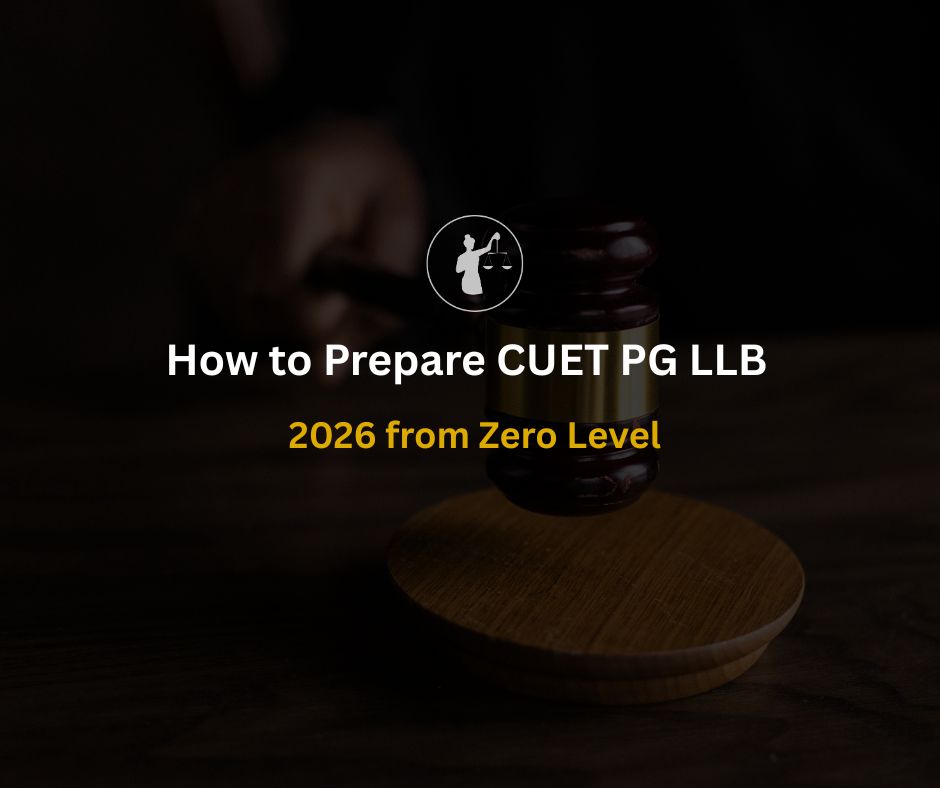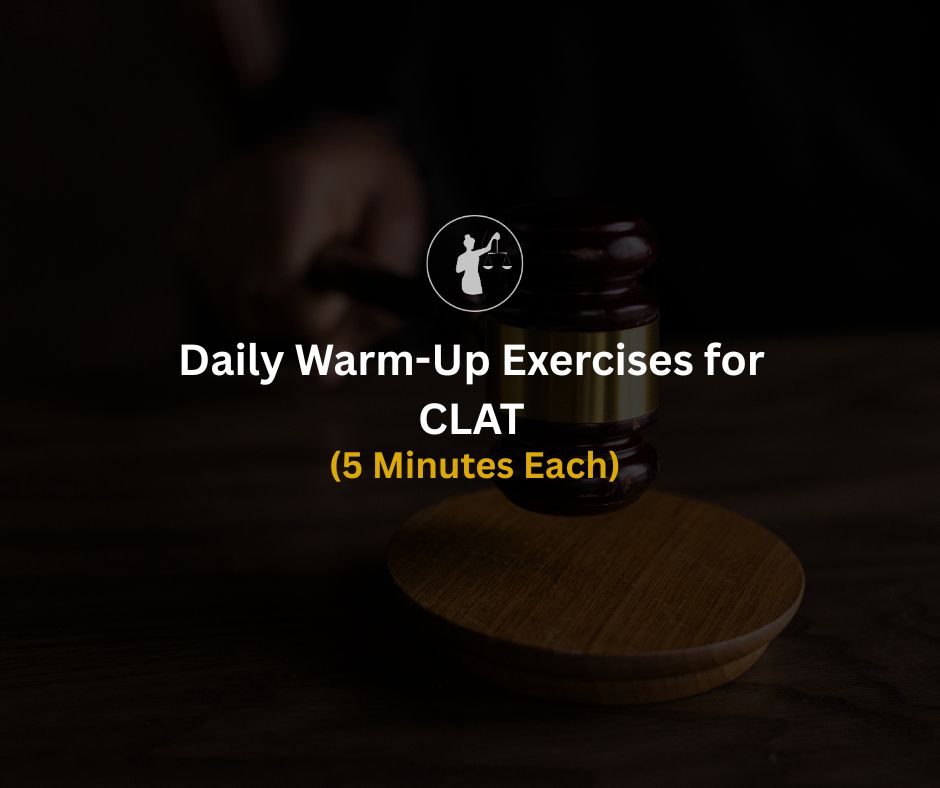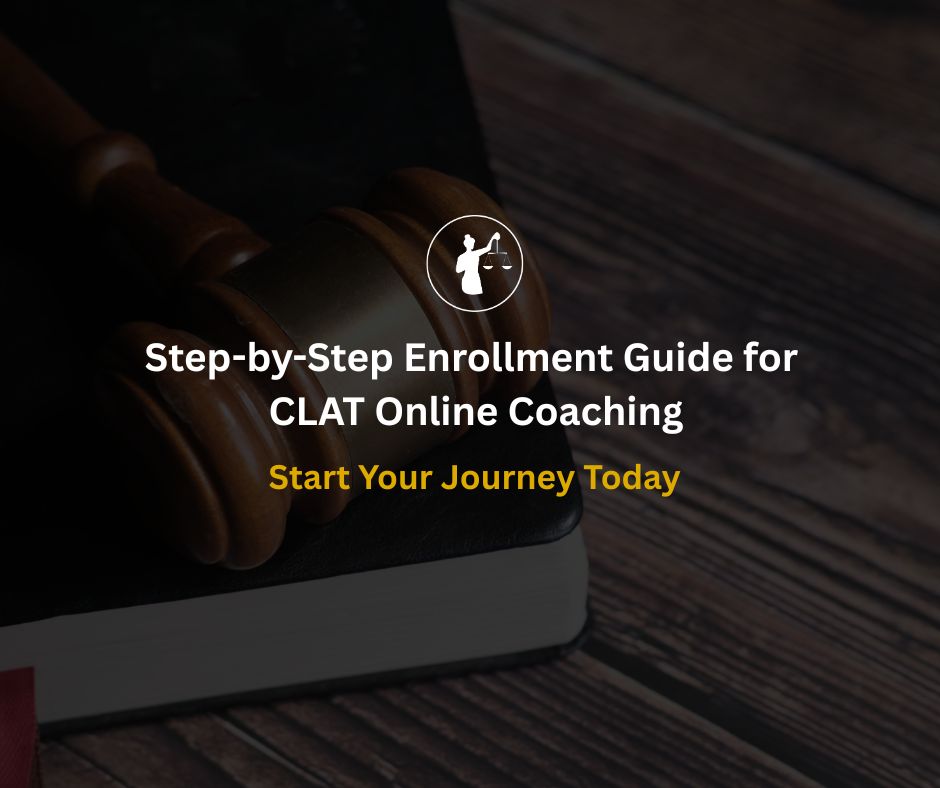
About the Article
You’ve probably heard this before: “Vocabulary matters in CLAT.”
And then you’re handed a PDF with 1000 words and told to just learn them.
But here’s the truth: memorizing words rarely works — especially when time is short and pressure is high.
In a paper like CLAT, vocabulary doesn’t show up as direct “word meaning” questions. It hides in options, twists tones in RC passages, adds complexity to Legal reasoning, and confuses you when the right answer is almost right — until one word changes everything.
So no, vocabulary isn’t about knowing what “ubiquitous” or “parsimony” means.
It’s about being so comfortable with language that words don’t interrupt your thinking.
And for that, you don’t need more PDFs — you need smarter techniques.
Let’s get into them.
You cram 50 words in a day. You feel productive. Next week, you’re staring at the word “concede” and wondering if it meant agree or argue.
Source ( TOI )
Why?
Because your brain deletes what it doesn’t use. If a word exists only on flashcards, not in your reading, writing, or thinking, it doesn’t stay.
The problem isn’t that your memory is weak. It’s that your methods are passive.
Memorization is short-term input.
Retention is long-term interaction.
Here’s the first rule of CLAT vocabulary prep:
Never learn a word in isolation. Always learn it in context.
Take this sentence:
“The lawyer’s reticent manner made it hard to gauge her strategy in court.”
From this, “reticent” doesn’t just mean shy — it means reserved in expression, especially in professional or formal settings.
By learning vocabulary inside real, high-level sentences, you gain two things:
Meaning — grounded in usage, not just definitions.
Tone & register — whether it’s formal, neutral, sarcastic, legal, etc.
Practical Tip: Every time you come across a new word while reading (editorials, CLAT RCs, legal articles), pause. Try to guess the meaning based on context. Then confirm it. This struggle → guess → confirm loop wires the word far deeper than rote memorization ever will.
Here’s a better use of your time than learning 100 random words:
Learn 10 root words and unlock hundreds of derivatives.
Example:
Root: cred (Latin: believe)
→ credible, incredible, credence, credential, discredit
Once you’ve learned the root “cred,” all these words start making intuitive sense, even the ones you’ve never seen before.
This helps especially in CLAT RC and Critical Reasoning where unfamiliar words are often derived, not obscure.
How to practice:
Pick a root (e.g., dict = say/speak)
Find 5–10 words built on it.
Read 1 example sentence for each.
Quiz yourself a week later.
You’ve probably tried maintaining a vocab notebook or Google doc. But what happens? You note down words and never revisit them.
The fix: Don’t collect. Curate.
Keep a lean bank of:
Words you misinterpreted in mocks.
Words that appeared in legal reading (e.g., judgments, editorials, RC passages).
Words that are nuanced — where options are tricky because the meaning is subtle (e.g., mitigate vs. alleviate).
For each word, log:
Sentence where you saw it
Short meaning in your words
Your wrong guess (if any)
A funny or weird sentence you made with it
This isn’t for revision. It’s for cognitive imprinting. The weirder and more personal the association, the longer it sticks.
You’re already told to read. But how you read changes everything.
Reading for vocab is not about circling tough words. It’s about:
1. Pausing when tone shifts — why did the author choose “contend” and not “argue”?
2. Spotting traps in options — many RC questions turn on one word being too extreme, too soft, or off in register.
3. Focusing on verbs — most CLAT options use action words that hint at assumptions (e.g., implies, asserts, suggests, challenges).
Example:
In a question stem:
“The author’s attitude towards the legal reform is best described as—”
If you don’t know the difference between “tentative” and “restrained,” you’ll misread the tone entirely.
So your vocabulary must be emotionally calibrated — not just linguistically defined.
This one is science-backed. The forgetting curve shows that without revisiting, we forget 70% of new input within a week.
Solution? Spaced repetition.
Instead of revising 100 words once, revise 10 words across 7 days — in increasing intervals.
Here’s how:
Day 1: New word
Day 3: Quick review
Day 7: Test with a sentence
Day 14: Use it in writing
Apps like Anki, Quizlet, or even a spaced-review Google Sheet can automate this. But even manually, the principle is:
See less, more often — not more, once.
You learn best when your brain retrieves information, not just receives it. If you come across a new word, use it the same day — even if it’s on your Telegram group, private journal, or a WhatsApp message.
Yes, really.
Typing “I’m quite ambivalent about this mock result” instead of “I have mixed feelings” may seem trivial — but that retrieval exercise burns the word into memory.
The brain says: “Oh, we use this? Better keep it.”
Let’s get practical. In CLAT options, you’ll often see choices that are:
Technically similar
Contextually different
Take this example:
Q: What best describes the author’s stance?
a. cynical
b. skeptical
c. indifferent
d. hostile
Knowing surface-level definitions won’t help. But if you’ve seen these words in real passages, you’ll know:
Cynical = distrusting motives
Skeptical = not easily convinced
Indifferent = emotionally neutral
Hostile = actively opposed
That’s the level of precision CLAT rewards.
So when you learn a word, pair it with 2–3 lookalikes, and train on how they’re different.
The truth is: CLAT doesn’t reward those who know the most words. It rewards those who can navigate meaning under stress, even when the clock is racing and the passage is dense.
That kind of confidence doesn’t come from word lists.
It comes from repeated, real-time exposure, friction, and smart review.
And that’s exactly where NLTI steps in.
Our mentors don’t just dump vocab lists on you — they walk you through how words behave inside real passages. They help you deconstruct RC and Legal questions where meaning hinges on one word. They build active recall techniques, do 1:1 feedback on vocabulary usage, and help you develop a memory muscle — not just a notes folder.
Because when it comes to CLAT, it’s not about how many words you learned. It’s about whether they show up when it matters.
Frequently Asked Questions
1. Should I use a physical notebook or digital tools for tracking vocabulary?
Go with whatever you’ll consistently use. A physical notebook helps imprint better due to manual effort, but digital tools (like Notion, Anki) make review and search easier. Use hybrid if needed.
2. How many new words per week is an ideal target without feeling overwhelmed?
Aim for 25–40 words per week, but focus more on retention than collection. Even 15/week is enough if you revise and apply them properly.
3. Is there a way to balance CLAT vocab prep with board/CUET English?
Yes. Use the same words across both—especially tone words, author attitude, and root-based vocab. What strengthens RC for CLAT will often overlap with CUET English comprehension.
4. How do I know if I’m actually improving in vocabulary, not just “feeling” productive?
Track application. If you can eliminate options faster, guess meanings from context, or use words in your own writing—you're improving.
5. Can watching English shows or listening to podcasts help?
Yes, especially for informal and conversational vocabulary and tone training. But pair them with reading to cover formal/legal usage too.
6. What are some red flags that my vocab prep isn’t working?
If you forget words within days, struggle to use them in sentences, or keep falling for tone traps in RC, it means you're only memorizing—not internalizing.
7. Is it okay to skip rarely-used, archaic words in some lists?
Yes. Prioritize functional vocabulary — tone words, legal terms, and high-frequency RC terms. Obscure words rarely show up in CLAT.
8. How can I train my brain to “feel” tone shifts in RC passages better?
Read editorials with a focus on verbs and adjectives. Highlight where tone becomes sarcastic, cautious, optimistic, etc. Then label it yourself.
9. Are word games like crosswords or Wordle useful for CLAT vocab building?
They help indirectly by reinforcing spelling and word recognition, but not meaning or usage. Use them as a break, not as your main prep.
10. Can solving previous year papers alone build the vocabulary CLAT demands?
It helps identify usage patterns, but not build a deep vocab bank. Use PYQs for exposure, and a separate plan (like the techniques in this blog) for mastery.





